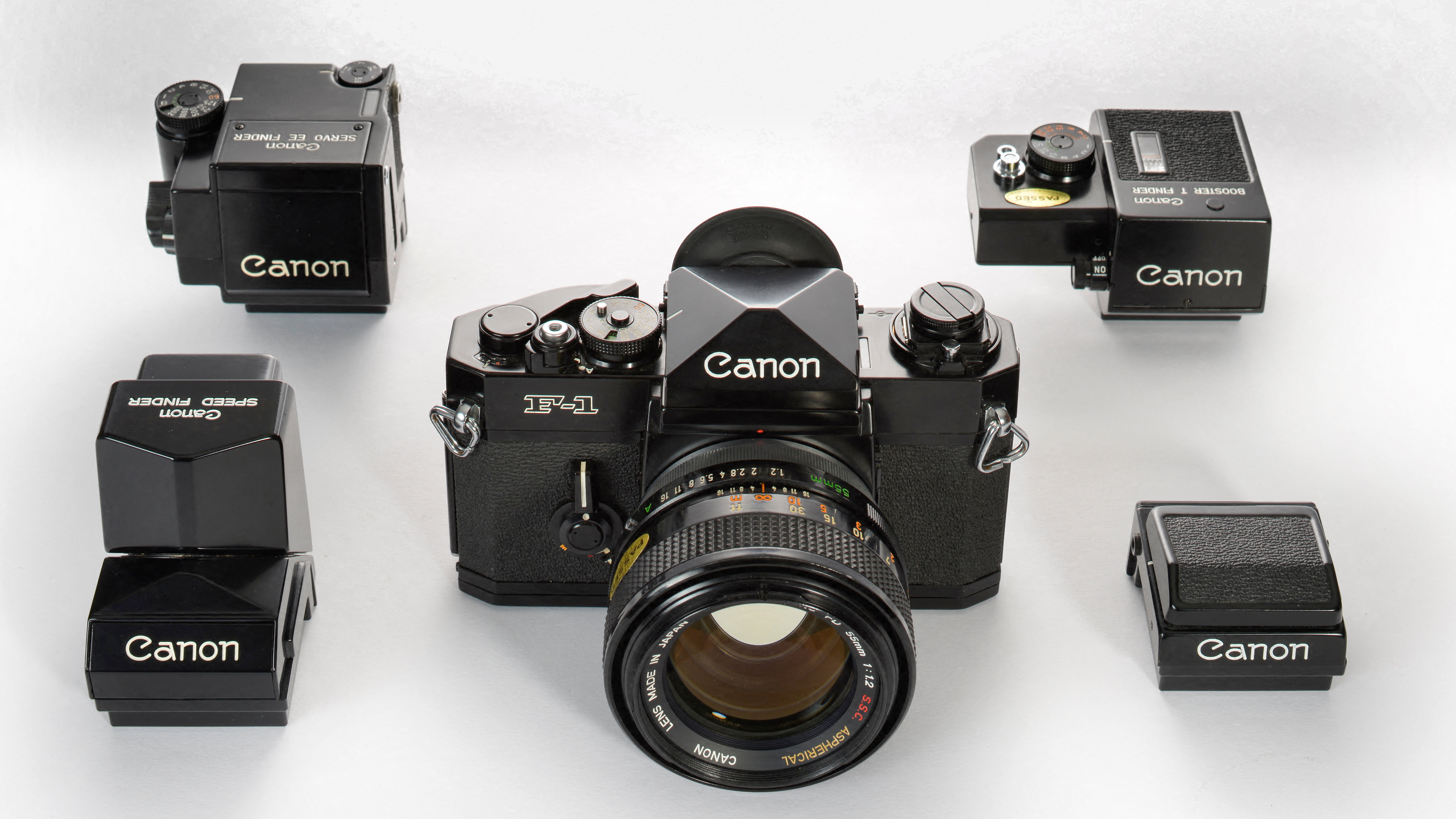
Cats are my passion, both big and small. I'm part of the in-house photography team at the Big Cat sanctuary in Kent. It's a huge honor to be a part of this remarkable center of excellence, dedicated to conservation of the world's endangered cats.
While sunny, blue skies are good for the soul, this isn’t always ideal for animal photography. A slightly cloudy sky diffuses the light, giving you an even exposure, where bright sunlight causes shadows to go black and whites to overexpose. If you are shooting through wire, cloud cover will eliminate mesh shadows being cast on the animal.
• Read more: Best lenses for wildlife photography
If you're thinking of visiting your local sanctuary or park, then for most animal parks a 70-200mm or 100-400mm lens always offers a good shooting range to get some great frame-filling shots.
I wanted to interpret this shot of Xizi while looking directly at me by adding a white layer in Photoshop; with the eraser tool set to about 5%, I erased the white away to reveal the image layer below. I love this compared to some of my other images, as it gives a far more fine art approach.
This was captured on the Canon RF 100-500mm f4.5-7.1L IS USM lens. Shooting with this focal length will always make your subject stand out; it's a highly versatile lens enabling you to capture full-length shots and close-ups in almost any scenario.
Crouching down low to photograph Keira meant that any visual distractions behind her were easily eliminated, simplifying the image and helping to create a more natural-looking environment.
The best camera deals, reviews, product advice, and unmissable photography news, direct to your inbox!
Employing this viewpoint can mean that the camera tries to expose for the sky, so I used spot metering to keep the exposure accurate on her, and by using exposure compensation when in aperture priority.
• What is spot metering, and when would you use it?
This is Atara, a beautiful North Chinese Leopard. I shot this at f/5.6 at around 350mm to achieve a shallow depth of field, this gives separation between her and the dark background. Shooting at f5.6 offers maximum depth of field to really eliminate any distractions around her.
Waiting for her to look up creates catchlight in the eyes. This is always important for me as it breathes life into the image..
Be sure to check out more of Sarah's stunning big cat photography via her Instagram, and find out about the Big Cat Sanctuary at its official website.
Read more:
Canon RF 100-500mm f4.5-7.1L IS USM review
Best telephoto lenses
Best 100-400mm lenses
Best 70-200mm lenses
Best cameras for wildlife photography
Digital Camera World is one of the leading authorities on camera and photography news, reviews, techniques, tutorials, comparisons, deals and industry analysis. The site doesn't just specialize in cameras, but all aspects of photography, videography and imaging – including camera phones, gimbals, lenses, lighting, editing software, filters, tripods, laptops, printers, photo books, desks, binoculars and more.
Whether you're using, looking to buy or trying to get the most out of a compact camera, action camera, camera drone, cinema camera, beginner camera or professional camera, Digital Camera World has a roster of experts with combined experience of over 100 years when it comes to cameras, photography and imaging.




